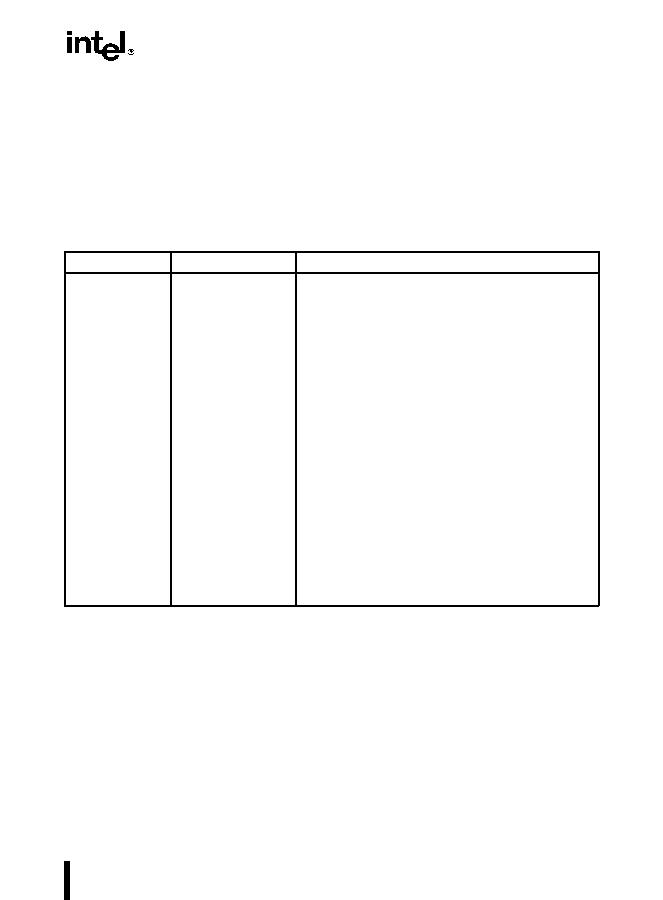B-5
INSTRUCTION FORMATS AND ENCODINGS
B.1.6.Condition Test Field (tttn)
For conditional instructions (such as conditional jumps and set on condition), the condition test
field (tttn) is encoded for the condition being tested for. The ttt part of the field gives the condi-
tion to test and the n part indicates whether to use the condition (n=0) or its negation (n=1).
For 1-byte primary opcodes, the tttn field is located in bits 3,2,1, and 0 of the opcode byte; for
2-byte primary opcodes, the tttn field is located in bits 3,2,1, and 0 of the second opcode byte.
Table B-8 shows the encoding of the tttn field.
B.1.7.Direction (d) Bit
In many two-operand instructions, a direction bit (d) indicates which operand is considered the
source and which is the destination. Table B-9 shows the encoding of the d bit. When used for
integer instructions, the d bit is located at bit 1 of a 1-byte primary opcode. This bit does not
appear as the symbol d in Table B-10; instead, the actual encoding of the bit as 1 or 0 is given.
When used for floating-point instructions (in Table B-23), the d bit is shown as bit 2 of the first
byte of the primary opcode.
Table B-8. Encoding of Conditional Test (tttn) Field
t t t n
Mnemonic
Condition
0000
O
Overflow
0001
NO
No overflow
0010
B, NAE
Below, Not above or equal
0011
NB, AE
Not below, Above or equal
0100
E, Z
Equal, Zero
0101
NE, NZ
Not equal, Not zero
0110
BE, NA
Below or equal, Not above
0111
NBE, A
Not below or equal, Above
1000
S
Sign
1001
NS
Not sign
1010
P, PE
Parity, Parity Even
1011
NP, PO
Not parity, Parity Odd
1100
L, NGE
Less than, Not greater than or equal to
1101
NL, GE
Not less than, Greater than or equal to
1110
LE, NG
Less than or equal to, Not greater than
1111
NLE, G
Not less than or equal to, Greater than

